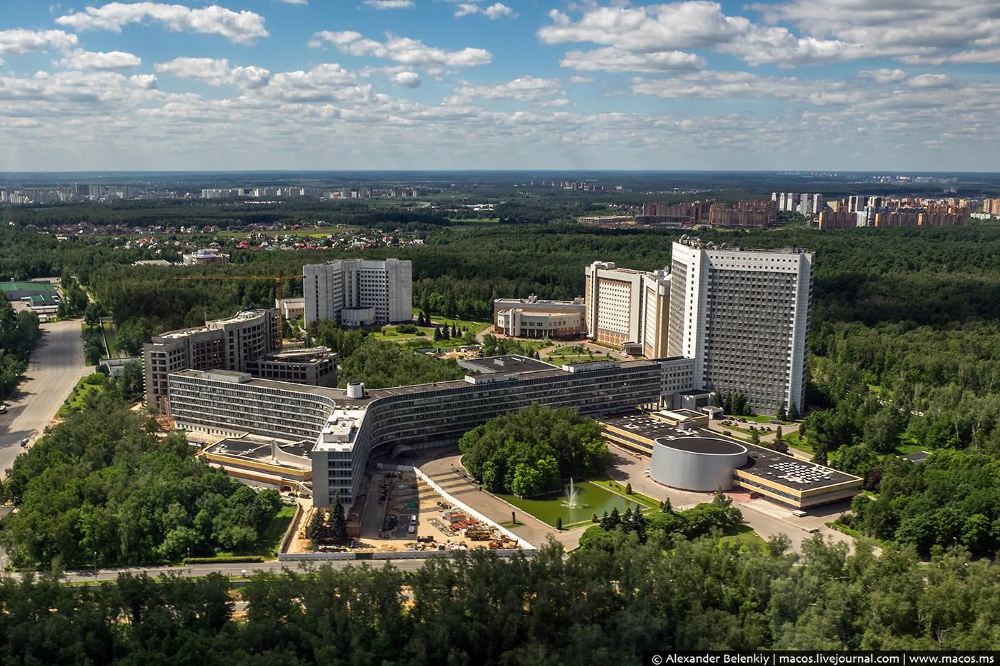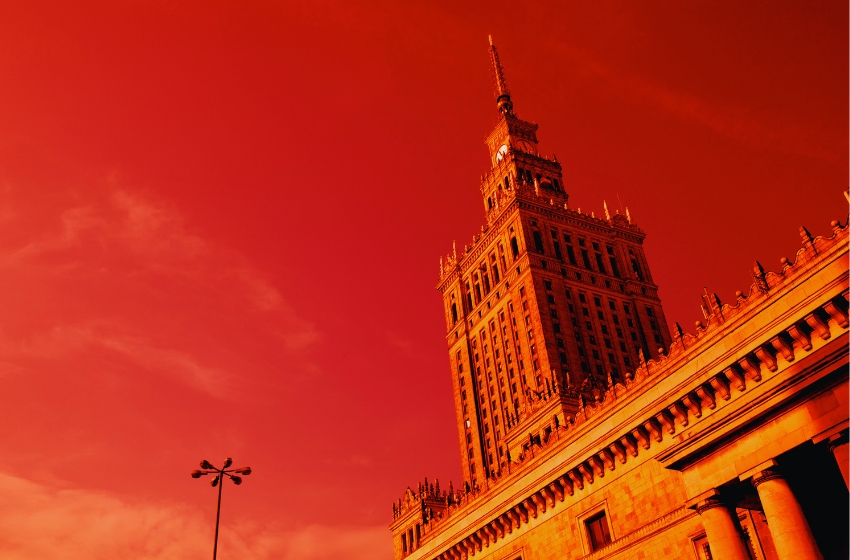Russia’s ability to conduct operational level rotations will likely allow Russian forces to maintain the overall tempo of their localized offensive operations in eastern Ukraine in the near term, but it is unclear if Russian forces will be able to conduct effective rotations in the long term or in the event of intensified Russian offensive efforts or a significant Ukrainian counteroffensive operation.
Russian operational rotations in principle mitigate the degradation of attacking Russian forces that over time could cause Russian offensive efforts to culminate. Several other operational factors have previously contributed to the culmination of Russian offensive efforts in Ukraine, but constraints on available manpower and combat effective formations have often been a primary factor.
Russian forces are largely conducting infantry-heavy assaults in Ukraine with assault groups that do not necessarily require large amounts of equipment or high levels of training.
The Russian force generation apparatus appears to be replenishing losses in Ukraine with poorly trained and relatively combat ineffective personnel whom the Russian command has deemed to be sufficient for routine attritional frontal assaults.
These assaults have yet to result in more than marginal Russian gains in Ukraine since early October 2023, and it is unlikely that Russian forces can continue them indefinitely in a way that will allow the Russians to convert tactical successes into operationally significant results. Successful Russian operational-level offensives in Ukraine will require the Russian command to commit relatively combat effective and well-equipped units and formations to offensive operations at scale, and it is unclear if replenishment through these Russian operational rotations will suffice to maintain these units’ combat capabilities. Overall Russian combat capabilities in Ukraine may still degrade over time, therefore, despite the rotations, hindering the Russian military’s ability to sustain several significant offensive operations at once.
The Russian military may also incur losses greater than Russia’s ability to generate new forces if the Russian command decides to intensify offensive efforts in Ukraine, thereby limiting the manpower available to replenish degraded units and formations. The intensification of Russian offensive efforts would commit more elements to the frontline and place pressure on the number of available forces that could assume control over a degraded unit’s area of responsibility while that unit underwent rest and restoration. It is unclear if the current Russian crypto-mobilization campaign, which relies heavily on volunteer recruitment and the coercive mobilization of convicts and migrants, would be able to provide the increased number of personnel required to conduct rotations during an intensified Russian offensive effort.





















